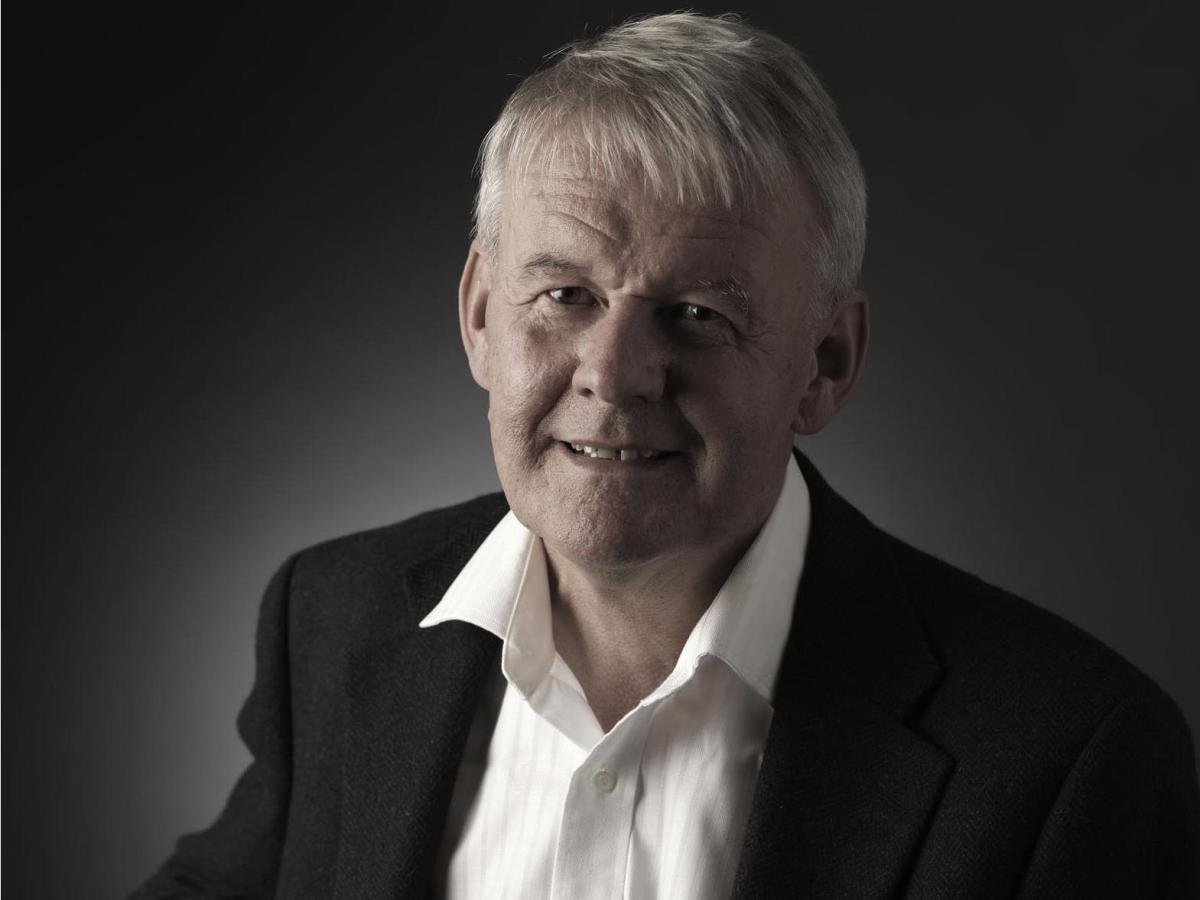Peter Hill, piano. Image via ANAM.
Here was a recital to celebrate in two principal ways. Firstly, on stage before us was the splendid sight of a brand new Mason & Hamlin CC-94 concert grand piano, an extraordinarily generous gift from a patron. This established firm produces high-quality instruments in Boston, Massachusetts known for their robust, big-boned sonority, and durability. Timothy Young, head of piano at ANAM, rightly argues that professional pianists need to be comfortable with getting the very best out of different makes of pianos, and this one certainly did not disappoint. Secondly, it was an opportunity to be introduced to the very significant talents of the latest harvest of pianists studying at the Australian National Academy of Music (ANAM), our federally funded conservatorium for the nation’s most gifted student musicians.
Over past years Melbourne has enjoyed memorable performances of French Modernist composer Olivier Messiaen’s 140-minute long Vingt regards sur l’enfant-Jésus: a performance by Scotsman Steven Osborne in February 2009 launched another instrument and a new venue, Elisabeth Murdoch Hall. Then last year French pianist Pierre-Laurent Aimard in the same venue gave another fine performance. We are grateful to have the work return again at ANAM almost a year later, this time a performance by veteran British pianist and musicologist Peter Hill with ANAM’s pianists, the work’s 20 contemplations on the infant Jesus allocated among them.
Peter Hill, Emeritus Professor of Music at the University of Sheffield has been a guest artist visiting ANAM over the past week. Earlier in his career he was fortunate to meet and play before Olivier Messiaen in the last decade of the composer’s life. With the help of the late Yvonne Loriod, Messiaen’s widow who provided access to the Messiaen archive, he and his colleague Nigel Simeone published a monograph on the composer in 2005.
Although this recital confirmed for me that a successful performance of this monumental work of religious Art must be the singular vision and interpretation of one musician, it was nonetheless an interesting exercise for a “relay team” (Hill’s term) of pianists to realise the work. With instructions not to applaud each pianist until the interval and conclusion, the performance took on an inevitable liturgical quality, with musicians arriving and leaving the stage in silence.
This composition is far from straightforward and depends on a solid understanding of the composer’s unique musical language involving seven modes each with particular emotional and colouristic associations that are often combined. There is also a raft of characterful birdsong to master, a particular language of rhythm, now and again Hindu (that sometimes goes backwards as well as forwards at the same time) and finally, perhaps most importantly, theology to study and contemplate. And all that is prior to taking on the work’s phenomenal technical demands. If all of this is achieved we begin to perceive a work of extraordinary artistic achievement.
Peter Hill’s performance of the opening five movements was deeply poetic though needed vigour, with an over-pedalled lack of delineation between internal sections. One sensed that he was taking all the time in the world to outline the principal materials that are heard throughout the work. Flourishes that need to startle melded into the whole. Here was a distinguished reserve, though often at the expense of colour. Birdsong was delicate but it all lacked edge. The crystalline refractions of No 5 Regard du Fils sur le Fils, however, were exquisite.
Highlights that followed included the delicately voiced birdsong counterpoint in No 8 Regard des hauteurs performed by young Queenslander, Adam McMillan. Associate faculty member Peter de Jager is a remarkable young artist. His allocation was the death-defying central movement Regard de l’Esprit de joie that was beautifully voiced, demonstrated technical panache, a complete understanding and savouring of the composer’s language and, over the last pages, genuinely burst into a realm of elation and joy. We hope Peter de Jager will be invited to perform the entire work soon.
Liam Wooding from New Zealand had a firm grasp of the Gothic grandeur of No 12 La parole toute-puissante and shared his enjoyment of the bizarre, clanging bells of No 13 Noël. In many ways, Victorian Alexander Waite was given the hardest material to interpret. This is when the work becomes, some would argue, indulgently meditative, and maintaining the narrative, especially as yet a further participant in the overall interpretation, became particularly hard. Therefore, his tender interpretation of the Rameau-inspired opening of Le baiser de l’Enfant-Jésus (No 15) could not be authentically developed into the necessarily ravishing, climactic and impassioned outpouring of love (‘the kiss’) followed by ‘the shadow of the kiss’ and elaborate coda that these pages require to convince. No 17, the austere Regard du silence, however, seemed to breathe silence, and I fear that I cannot find another way to explain it though using Messiaen’s words: “multi-coloured and intangible music – music of confetti and delicate jewels, with colliding reflections” provides further clarity.
The final three movements were allocated to South African-born Berta Brozgul who commanded a true sense of grandeur over No 18 Regard de l’Onction terrible. Her No 19 Je dors, mais mon cœur veille was a remarkable distillation of poetic beauty. In a performance serenely calm and sustained, time stood still. It provided a perfect foil for the final movement Regard de l’Eglise d’amour that, despite some minor technical issues, was a true outpouring of devotional love.
At three hours duration with an interval, in a humid South Melbourne Town Hall made warmer by colourful, buzzing stage lighting, and the audience enduring seats that were more instruments of torture, this was nonetheless a deeply moving and valuable recital.
Rating: 3 1/2 stars out of 5
Messiaen Vingt regards sur l’enfant-Jésus
Peter Hill, piano and ANAM Pianists
Presented by the Australian National Academy of Music
Saturday, 25 March, 2017
South Melbourne Town Hall





